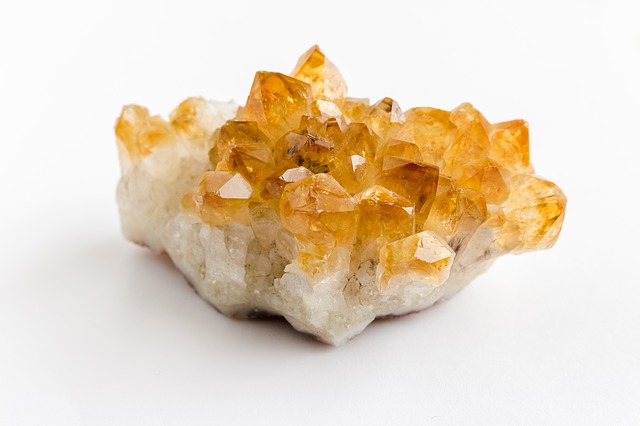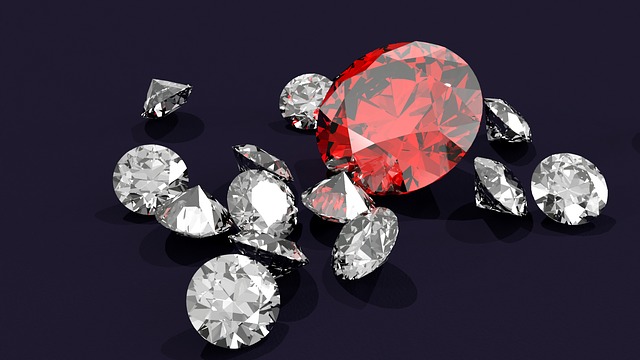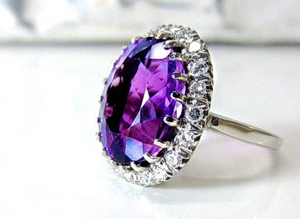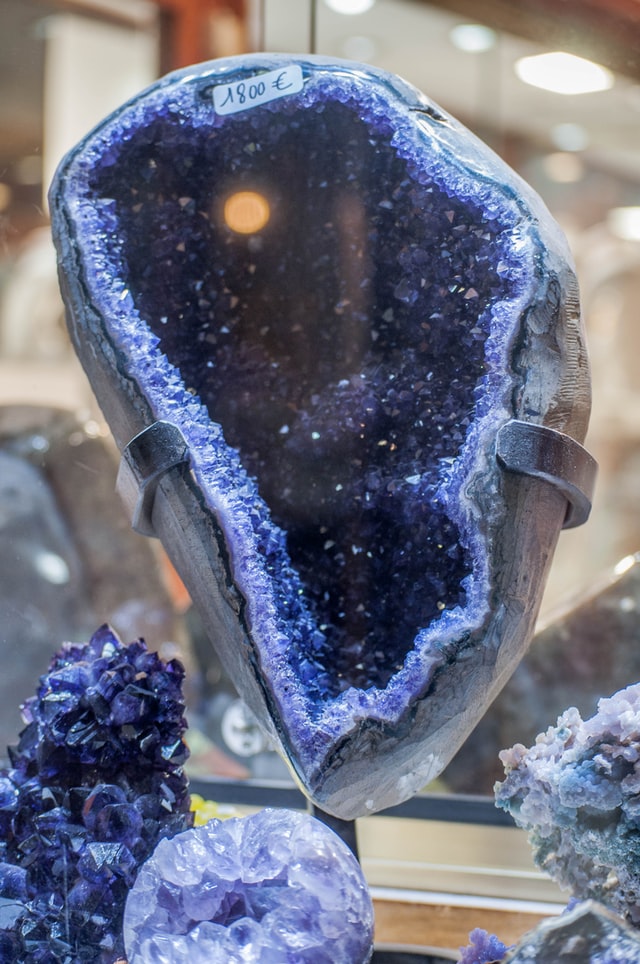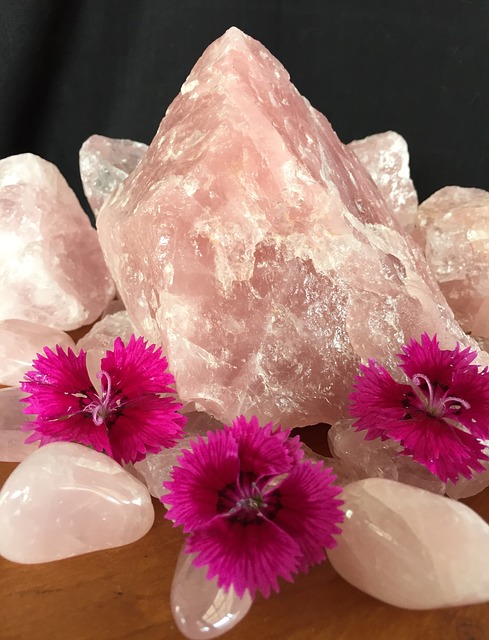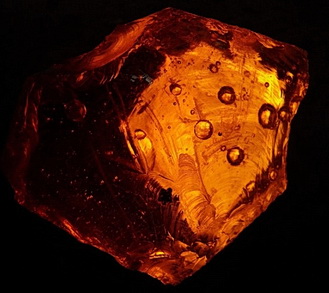 If you’re looking for a gemstone that truly showcases the uniqueness of nature, an amber gem is a perfect choice for you. With a history of tens of thousands of years, amber is one of the oldest minerals that have been used for jewelry. Popular for its golden hues and simplicity, this gemstone is a must-have for collectors.
If you’re looking for a gemstone that truly showcases the uniqueness of nature, an amber gem is a perfect choice for you. With a history of tens of thousands of years, amber is one of the oldest minerals that have been used for jewelry. Popular for its golden hues and simplicity, this gemstone is a must-have for collectors.
That said, let us walk you through a complete guide to amber.
What is Amber?
Amber is actually tree resin that has been fossilized. Resin is a fluid that flows from certain trees, primarily conifers like pine trees. This resin often contains insects that have been fossilized in it with time. The reality is that most of the inclusions in amber are actually ants, mosquitoes, and other living organisms, some of which are long gone. As a result, scientists use amber to learn more about ancient living organisms.
Amber may be burned since it is such a soft stone, and it also emits a pine-scented perfume. Additionally, when heated under the right conditions, this gemstone can potentially produce oil.
Amber, unlike most other gemstones, has a wide range of applications. It’s been used to create tobacco pipes and remove lint from clothes (owing to its abrasive properties). It’s also used to produce perfume and in traditional medicine. Even today, in the Western world, amber necklaces and bracelets are popular among mothers who feel it is a natural pain reliever for their children (there is no scientific evidence to prove this, though).
How to Evaluate Amber Gemstone
Like all other gemstones, amber is also evaluated on the basis of the 4Cs: color, cut, clarity, and carats.
Color
Amber is available in many colors. The most popular and widely recognized shades are yellow and cognac. However, you can also find this gem in black, green, white, and butterscotch.
Yellow amber is, of course, the most popular variety due to the rarity of the other colors. The yellow hues of amber can range from orange to brown, depending on the bubbles in it.
Green amber is one of the rarest varieties that are extremely rare and valuable. Also known as cherry ambers, red ambers are a slightly rusty color and can be found in golden red to dark brown shades. Black amber is a very dark brown or red color that is formed due to the mixture of tree resin with soil or other dark inclusions.
Clarity
Unlike most other gemstones, the beauty of the amber gem lies in its imperfections, especially the inclusions it features within. This gemstone is almost always found with inclusions. However, interestingly, although eye-clean amber is valuable, amber featuring interesting inclusion patterns is typically more expensive.
Cut
Amber is most cut into cabochons, with oval and round shapes being the top choice. However, this gem is also available in many other cuts, including hexagon, pentagon, hearts, triangles, and stars. Amber is pretty easy to cut due to its softness, but many jewelers choose to heat the stone to shape it instead of cutting the gem. It’s important to remember that this doesn’t change the gem’s natural properties.
Carat Weight
Amber is an extremely lightweight stone that can even float on saltwater. Even the larger size ambers are very light to hold. So, even if you buy a big amber, it will weigh less than a diamond or emerald of the same size.
Amber Jewelry
Amber is used in many jewelry pieces, including rings, necklaces, brooches, bracelets, earrings, pendants, and cufflinks. Amber’s inclusions can be eye-catching, and it’s generally beautiful from a scientific and historical standpoint.
There are two main perceptions when it comes to metals to mount amber in. Some people prefer silver-colored metals, such as white gold, as settings for their amber gemstone. The main reason behind this is the wonderful contrast of the warmness of amber and the cool tones of silver metal. Either way, silver-colored metals are believed to accentuate the charm of an amber gemstone.
On the other hand, some people choose to utilize yellow gold or rose gold settings for their amber jewelry. While these metals don’t provide as much contrast as silver, they tend to soften the color of the amber and blend well into the stone. The bottom line is that there isn’t any right or wrong choice; it’s all a matter of what you prefer.
Enhanced Amber
One very important factor you need to know about amber is that jewelers often enhance it. Almost every gemstone undergoes various treatments to help enhance its color, clarity or to improve its durability.
Here are a few ways in which an amber gemstone may be enhanced:
To Improve Clarity
Amber gemstones that seem cloudy due to the prominent appearance of tiny bubbles aren’t quite as valuable as other varieties. Therefore, jewelry makes efforts to improve the stone’s clarity by boiling it in rapeseed or linseed oil. An amber stone is slowly heated up in this oil to a boiling point, filling up the tiny bubbles with oil, which removes traces of any bubbly inclusions.
To Improve Color
Since red and green ambers are extremely rare and expensive varieties, some jewelers attempt to change the more commonly found yellow-amber color. For this purpose, they apply a black paste to the gemstone’s surface, then heat the gem to improve its clarity while allowing it to bond with the paste. Some jewelry makers also modify an amber gemstone through dyeing and other heat treatments to change or enhance their color to imitate the color of the more expensive varieties.
Where Can You Buy Amber?
Amber is a pretty popular gemstone with relatively high demand, so it should be very easy to find amber jewelry at your local jewelry store. However, if you’re looking for more options, you can always explore the web to find amber jewelry that suits your taste.
The bottom line is that although soft, amber is a beautiful-looking gem with a stunning color that requires considerable care and attention. We hope that this guide to amber helps you make the right choice when it comes to buying amber jewelry.

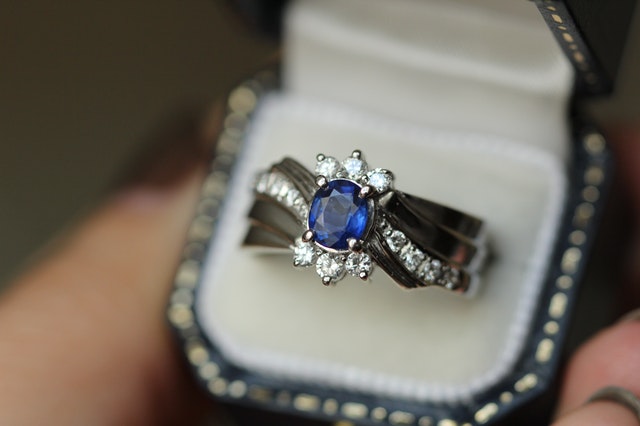
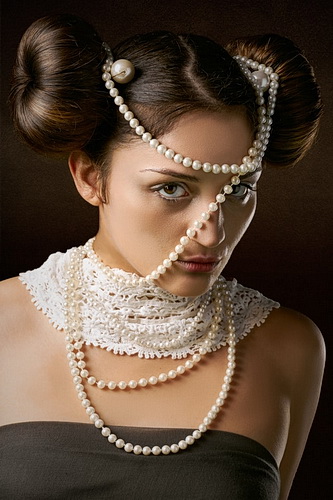 With a hardness rating of 2.5 to 4.5, pearls are other incredibly vulnerable gems that are prone to damage. Not only do they scratch easily, but they also require a considerable amount of care to maintain their luster.
With a hardness rating of 2.5 to 4.5, pearls are other incredibly vulnerable gems that are prone to damage. Not only do they scratch easily, but they also require a considerable amount of care to maintain their luster.
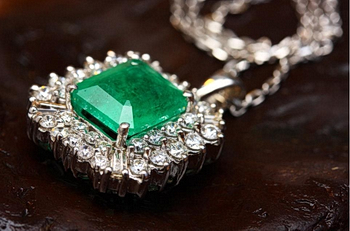
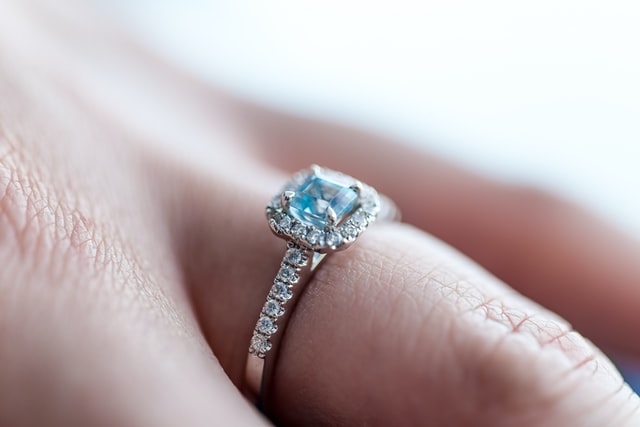

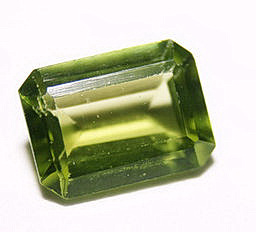
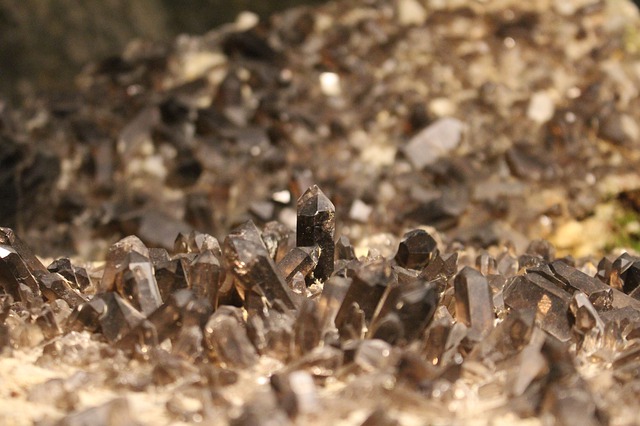

 A common misconception is that diamonds are the priciest, most valuable gems on the planet. While it’s true that they are one of the four most precious minerals that command high prices, it isn’t possible to judge specific gem species as the most valuable. There are various factors that come into play to evaluate their value, including its size, quality, color, and rarity. For example, pure
A common misconception is that diamonds are the priciest, most valuable gems on the planet. While it’s true that they are one of the four most precious minerals that command high prices, it isn’t possible to judge specific gem species as the most valuable. There are various factors that come into play to evaluate their value, including its size, quality, color, and rarity. For example, pure 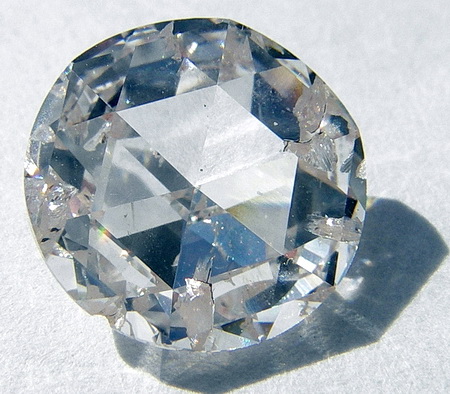
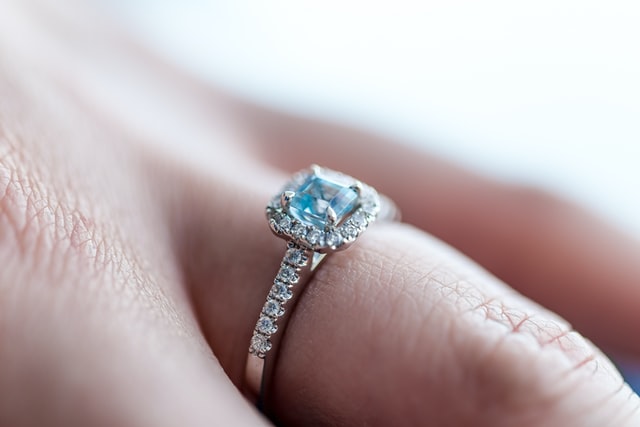

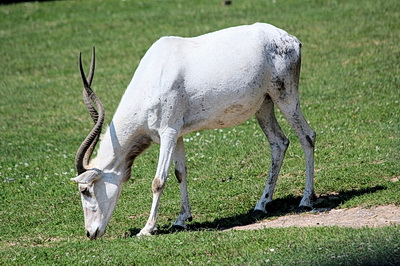
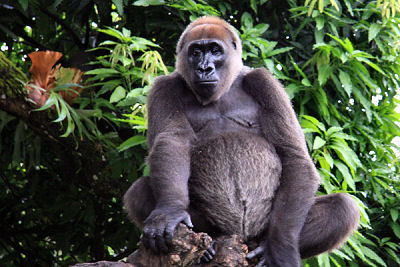 Almost all species of gorillas are vulnerable, but the
Almost all species of gorillas are vulnerable, but the 

